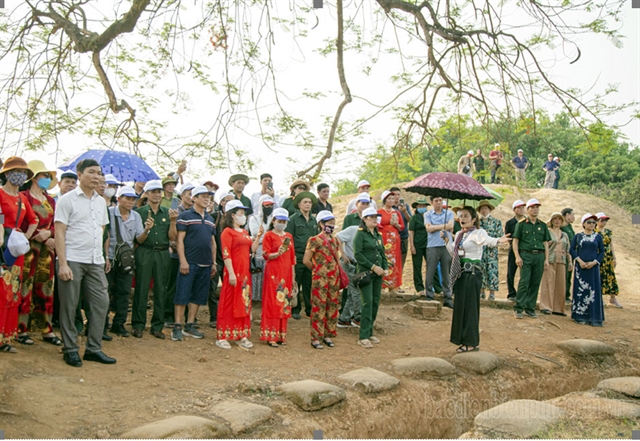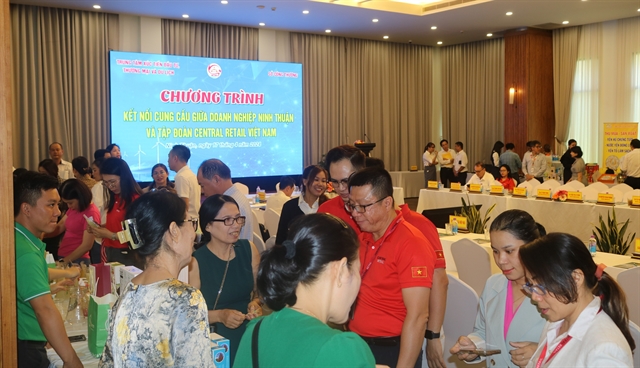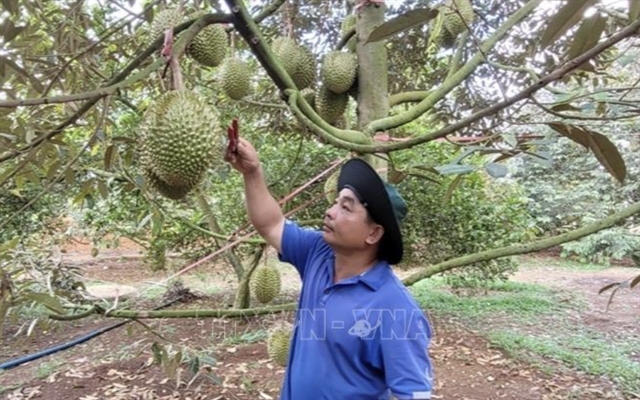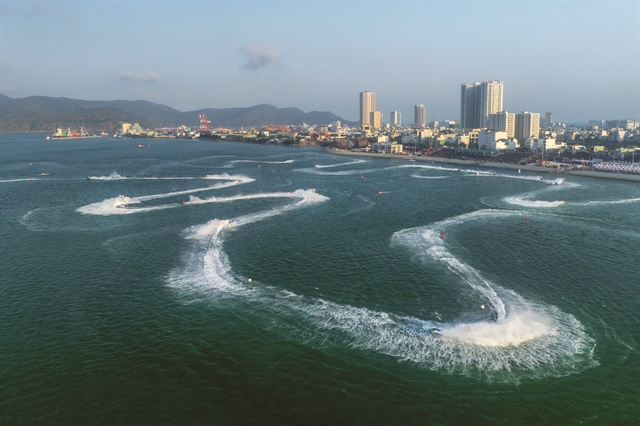 Life & Style
Life & Style

Late artist Nguyễn Văn Tỵ used his creativity to contribute to the growth of traditional lacquer painting, Trần Khánh Chương, chairman of Việt Nam Fine Arts Association said.
 |
| Lacquer painting Bắc Nam Thống Nhất in 1961. |
HÀ NỘI — Late artist Nguyễn Văn Tỵ used his creativity to contribute to the growth of traditional lacquer painting, Trần Khánh Chương, chairman of Việt Nam Fine Arts Association said.
"Nguyễn Văn Tỵ created art works in different genres such as lacquer, silk and oil on canvas. He was known for using eggshells to make lacquer paintings, which was unique," Chương said, during an event to celebrate the 100th birth anniversary of the artist recently in Hà Nội.
"In the late 1930s and 1940s, titanium white powder was not available to colour lacquer paintings. So, he used a large amount of eggshells and oyster shells to get the white colour in his lacquer paintings.
"He not only trained many artists, but also made great contributions towards the growth of the association in the early days. We are proud of Nguyễn Văn Tỵ because of his efforts to develop Vietnamese fine art," said Chương.
Nguyễn Văn Tỵ (1917-1992) was born in Hà Nội. He studied at the Indochina School of Fine Art from 1936 to 1941, along with Hoàng Tích Chù and Nguyễn Tiến Chung, who were his classmates.
In 1936, he won the first prize at an exhibition organised by Annamese Association for the Encouragement of Art and Industry — a society of artists and artisans that operated from 1935 to 1939 with French artist Victor Tardieu as its first chairman.
Over the next few years, many of his works were sent abroad to be part of international exhibitions in France, Brussels, Indonesia and the US. In the summer of 1942, he visited and painted at Angkor Wat in Cambodia.
A year later, as part of a cultural exchange with Japan, involving Japanese artist Fujita Tsuguhary, he was invited with Nam Sơn and Lương Xuân Nhị to research and exhibit in three Japanese cities of Tokyo, Kyoto and Kobe.
In 1946, Tỵ became involved in the national resistance against the French colonialists. During that time, he wrote for newspapers, made propaganda posters and taught art students in Việt Bắc.
On his return to Hà Nội after the French resistance, he taught at the Việt Nam Fine Arts College, a post that he held until 1969. He was also appointed as the first General Secretary of the Việt Nam Fine Arts Association. His paintings were shown at exhibitions in the country, as well as in the Soviet Union and Eastern Europe.
In 1965, one of his painting carved on wood won the silver medal at an international exhibition for graphic arts in Leipzig, Germany.
Artist Tỵ died in Hà Nội. He was posthumously awarded the Hồ Chí Minh prize in 2000 for his lacquer painting series, including Nhà Tranh Gốc Mít (Rural House with Jackfruit Tree) in 1958; Bắc Nam Thống Nhất (Unification of North and South) in 1961; and Phong Cảnh (Landscape) in 1991.
His works are part of the permanent collections of the State Museum of Oriental Art in Moscow and the Việt Nam National Fine Arts Museum in Hà Nội.
"His techniques to develop lacquer paintings are recognised worldwide, especially for colouring in white and turquoise," Dr. Lê Văn Sửu, head of Việt Nam Academy of Fine Arts, said. "He was the teacher of many generations of Vietnamese artists." — VNS
 |
| Lacquer painting Nhà Tranh Gốc Mít by Nguyễn Văn Tỵ in 1958. |









